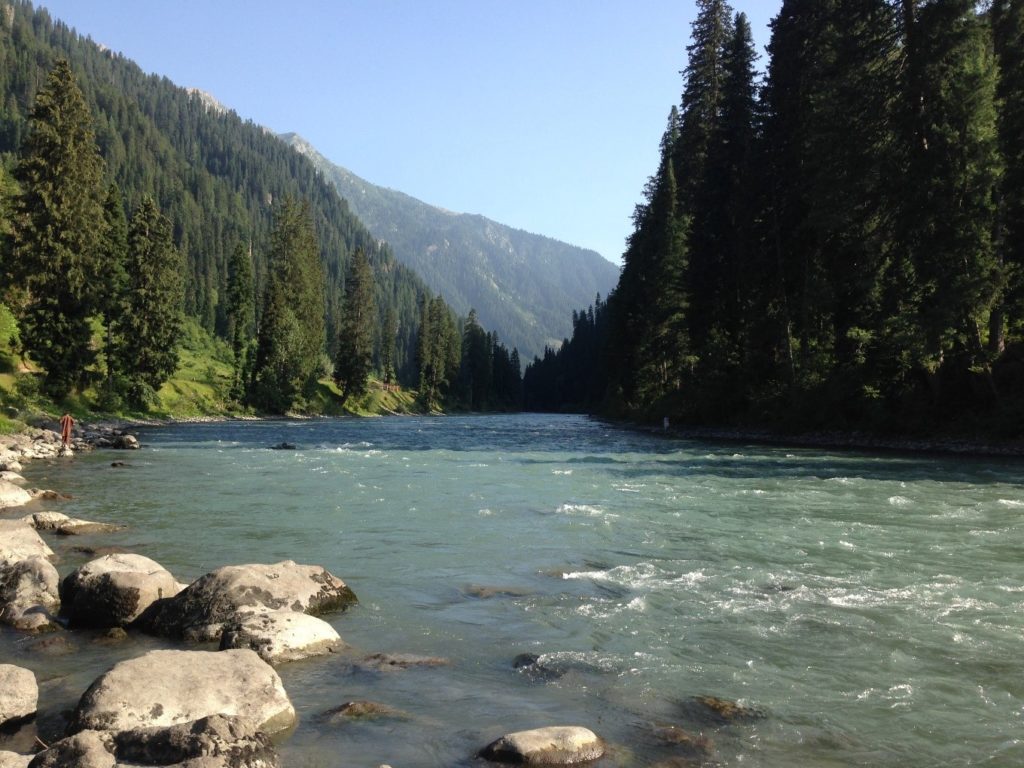 KARACHI – According to Asia Times, “Pakistan is bracing for a grave water crisis because of climate change and India’s tacit ‘control and management policy’ on the flow of water from the Himalaya-Karakorum mountain range into the Indus Valley.”
KARACHI – According to Asia Times, “Pakistan is bracing for a grave water crisis because of climate change and India’s tacit ‘control and management policy’ on the flow of water from the Himalaya-Karakorum mountain range into the Indus Valley.”
This site has repeatedly reported on the global clean water crisis, including the Day Zero that faced Cape Town, South Africa, earlier this year. While billions of people are oblivious to the present and potentially looming extent of the crisis, regardless of the conditions in specific regions, it always boils down to access to clean drinking water necessary for health and life.
Often the issue of access distance from a clean water source or lack of rainfall. Countries in South Asia can be particularly vulnerable to weather extremes that include extended drought or flooding. Access to clean water becomes existential in either situation.
Sometimes the question of access is political. This is especially true where water sources, particularly rivers, cross state and national boundaries. This is the Pakistani issue with the Kishanganga Hydroelectric Project (KHEP) dam construction undertaken by India. Although the multi-million-dollar project, inaugurated by Prime Minister Narendra Modi on 19 May 2018, is a ‘run of the river’ design, officials in Pakistan have appealed for years to the World Bank to stop the project on the grounds that it violates the Indus Waters Treaty of 1960.
The treaty became necessary following the partitioning of the Indian subcontinent in 1947. Following the creation of Eastern and Western Pakistan, multiple rivers that had previous flowed almost entirely solely through India now crossed international boundaries. In some cases, this occurred more than once.
The 1960 treaty was based on the proposition that control of the rivers flowing into and out of Pakistan and India was an engineering problem and not a political issue. This assumption has proven to be only partially true. Amongst others, the issue of allocation of water has proven to be political because both countries and their populations need access to the rivers.
This is where ‘run of the river’ projects become important. A “run of the river” hydroelectric dam is not constructed with the primary purpose of reserving water for later use. Rather, it forces water through a channel, using the force of the flow to operate the generators that produce the electrical power for the region served. The water is immediately returned to the river flow below the dam.
Nonetheless, there are always political issues that must be addressed between neighboring nations. The typical fear of the downstream neighbors of upstream nations who have constructed dams may not always be about the usual access to the rivers. Their unspoken fear is that, in times of conflict, their major sources of water, could be controlled by the upstream neighbor.
Note: We congratulate India on the inauguration of the KHEP this month. The generation of electrical power is a necessity for the continued growth of the world’s currently fastest-growing economy. We empathize with Pakistan’s concerns. It is not our purpose to advocate for either party. Rather, our purpose is to help explain yet another of the facet of the world clean water crisis so that our readers understand how complicated and complex the issue can be. Our hearts are directed to all that is in the best interest of the people of South Asia.
Sources:
- First Post, Kishanganga Hydroelectric Project: New power facility may become another flashpoint in India-Pakistan ties
- Encyclopedia Britannica, Indus Waters Treaty
- The World Bank, Fact Sheet: The Indus Waters Treaty of 1960 and the Role of the World Bank
- The Stimson Center, The Indus Waters Treaty: A History
- Asia Times, New Indian dam threatens to parch Pakistan
Image Source:
- By Ijazurrehman1970 [CC BY-SA 3.0], from Wikimedia Commons
For more information about the Global Clean Water Crisis, go here.
For more information about this, click here.




